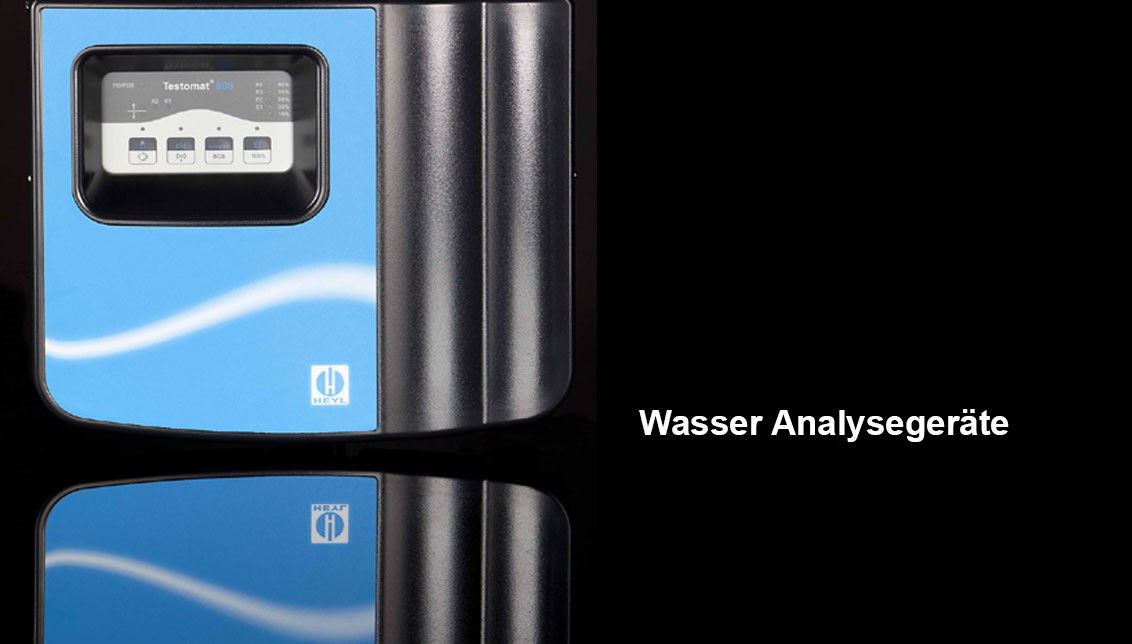Electrodes & Sensors for pH Measurement
pH measurement is one of the most critical parameter controls in many industrial and environmental processes. Our high-quality pH electrodes and sensors ensure precise and reliable results—whether in water treatment, food industry, chemical processes, or environmental monitoring.
Typical applications:
• Monitoring water quality in drinking and wastewater systems
• Controlling chemical processes in industrial plants
• Checking pH levels in food and beverage production
• Environmental analysis in water bodies and soils
From standard glass electrodes to specialized models for aggressive media or high temperatures—at HeylNeomeris, you’ll find the perfect solution.
- Water Analyzers
- Liquid chemistry
- Controls
- Electrodes and sensors
- Hand-held measuring instruments and analysis cases
- Laboratory Benchtop Meters
- NeoTec World
- Permeate
- Clinical Solutions
- Seminars & Webinars
- Ozone and UV technology
- Dosing pumps
- Gas Measuring Instruments
- Hygiene and Disinfection
- Water Meters
- Accessories
- Blog
- OFFERS
Filter products



























